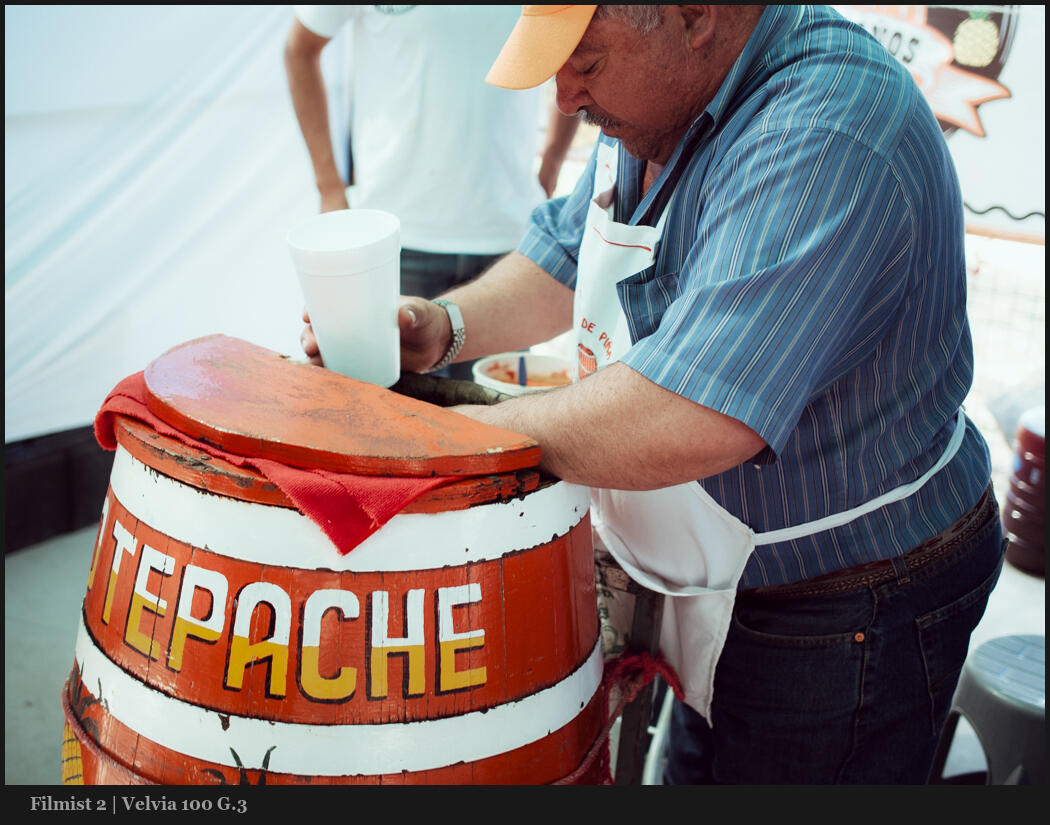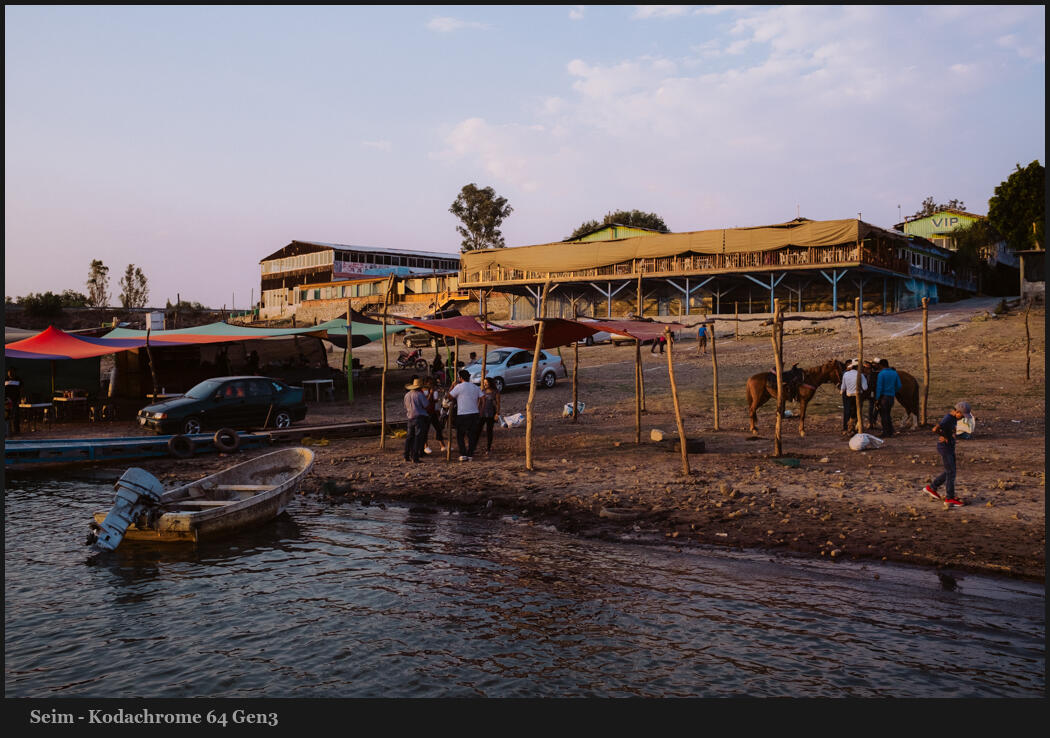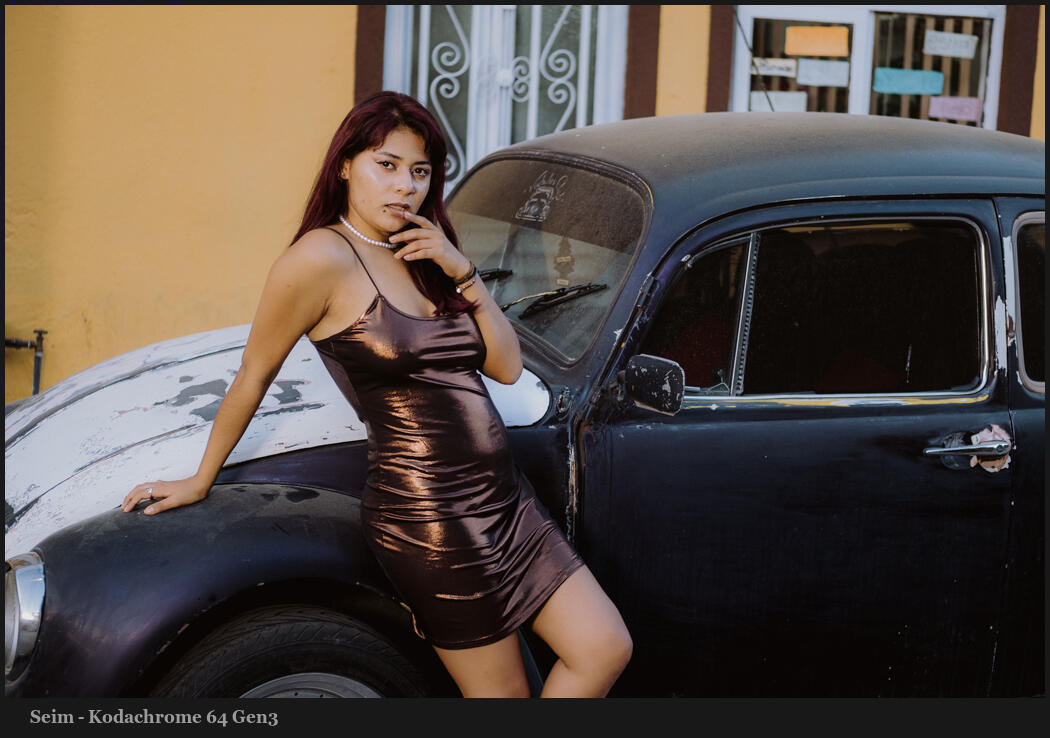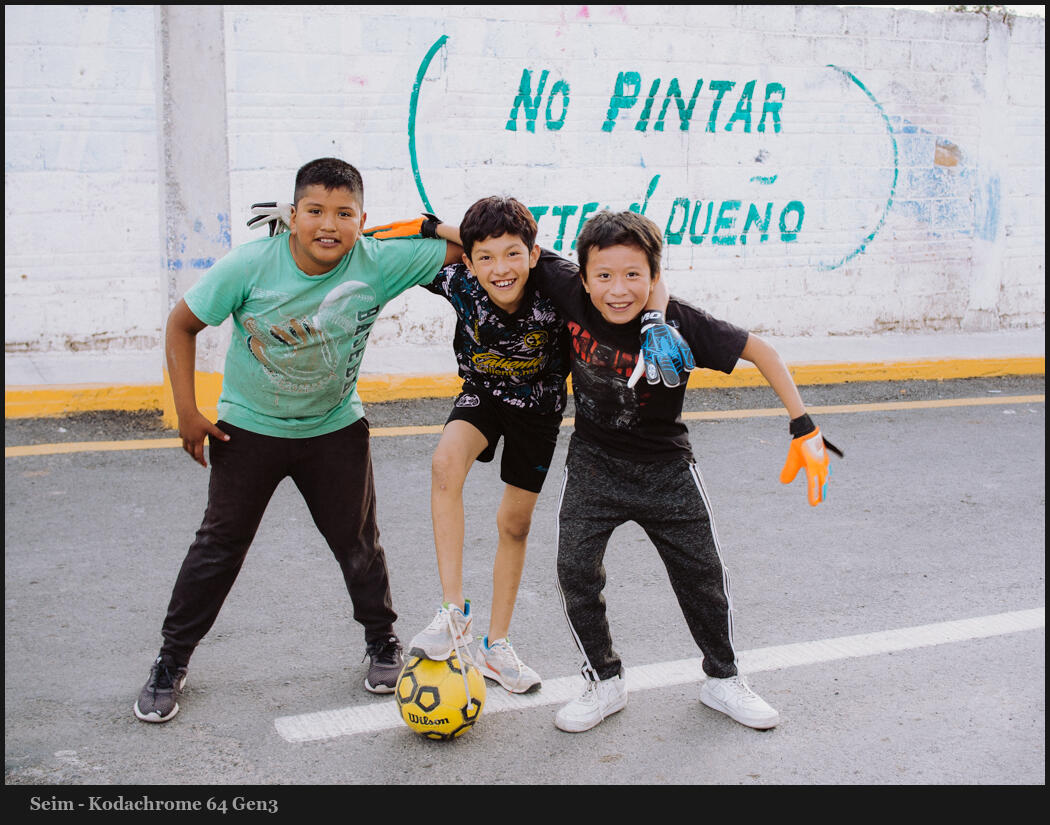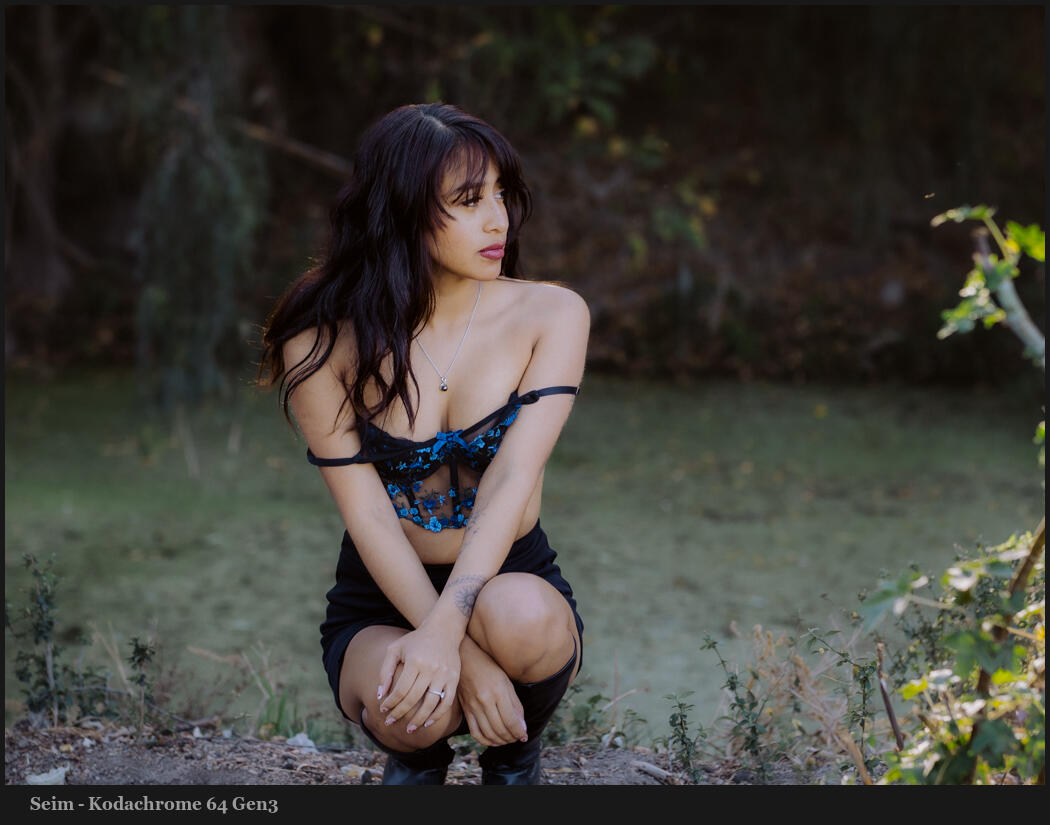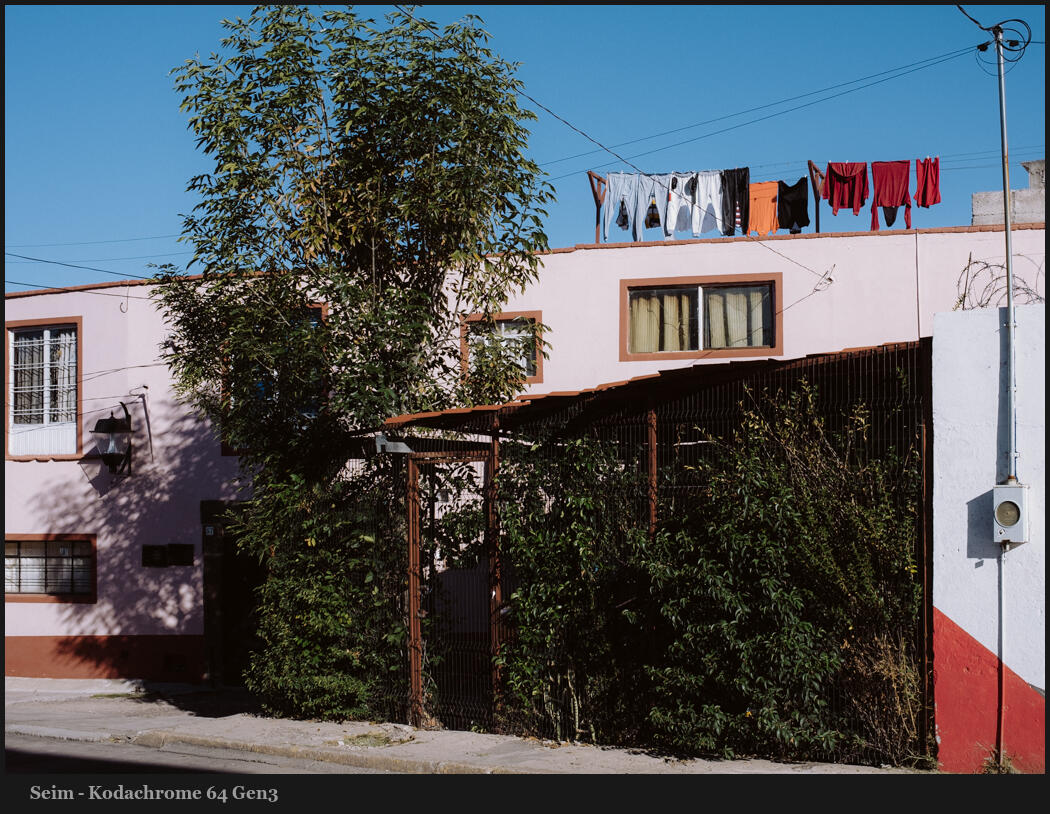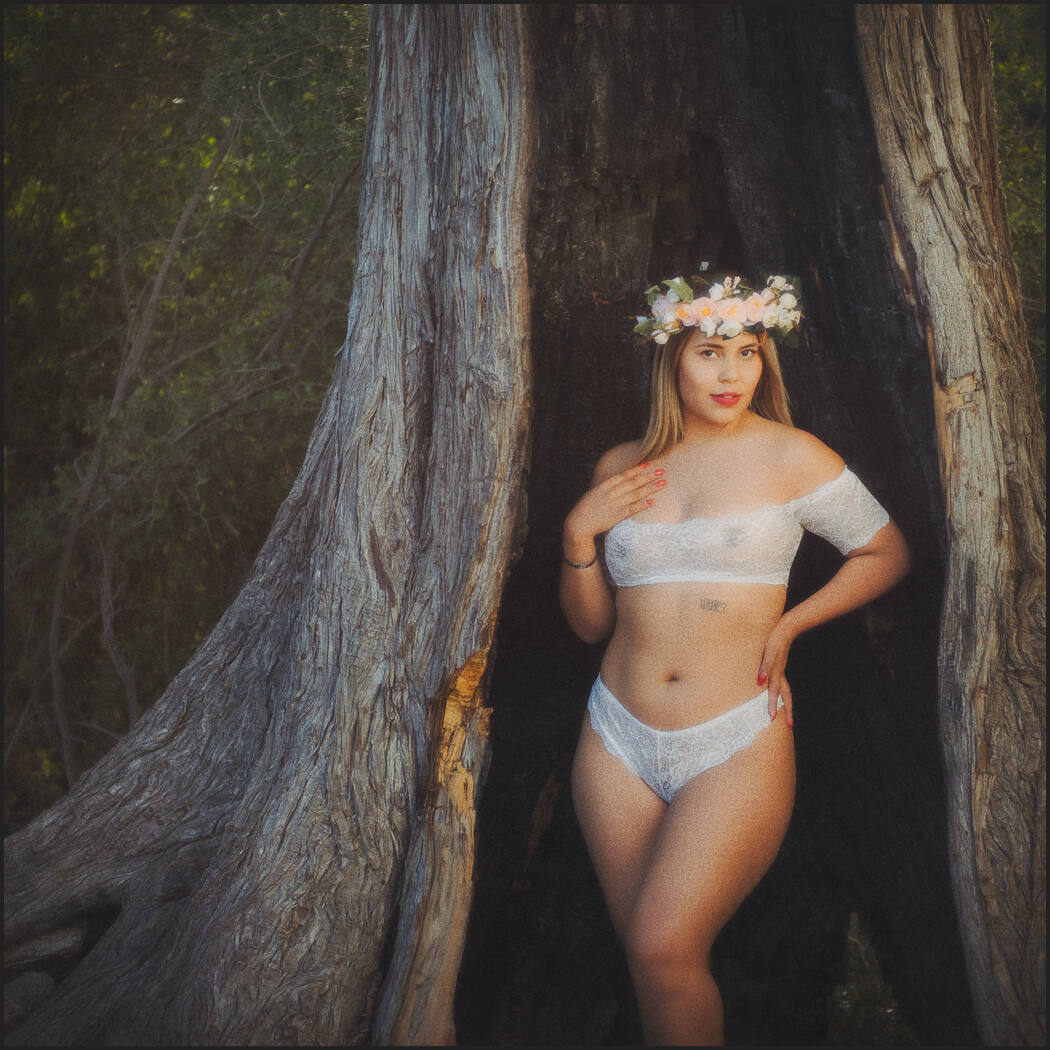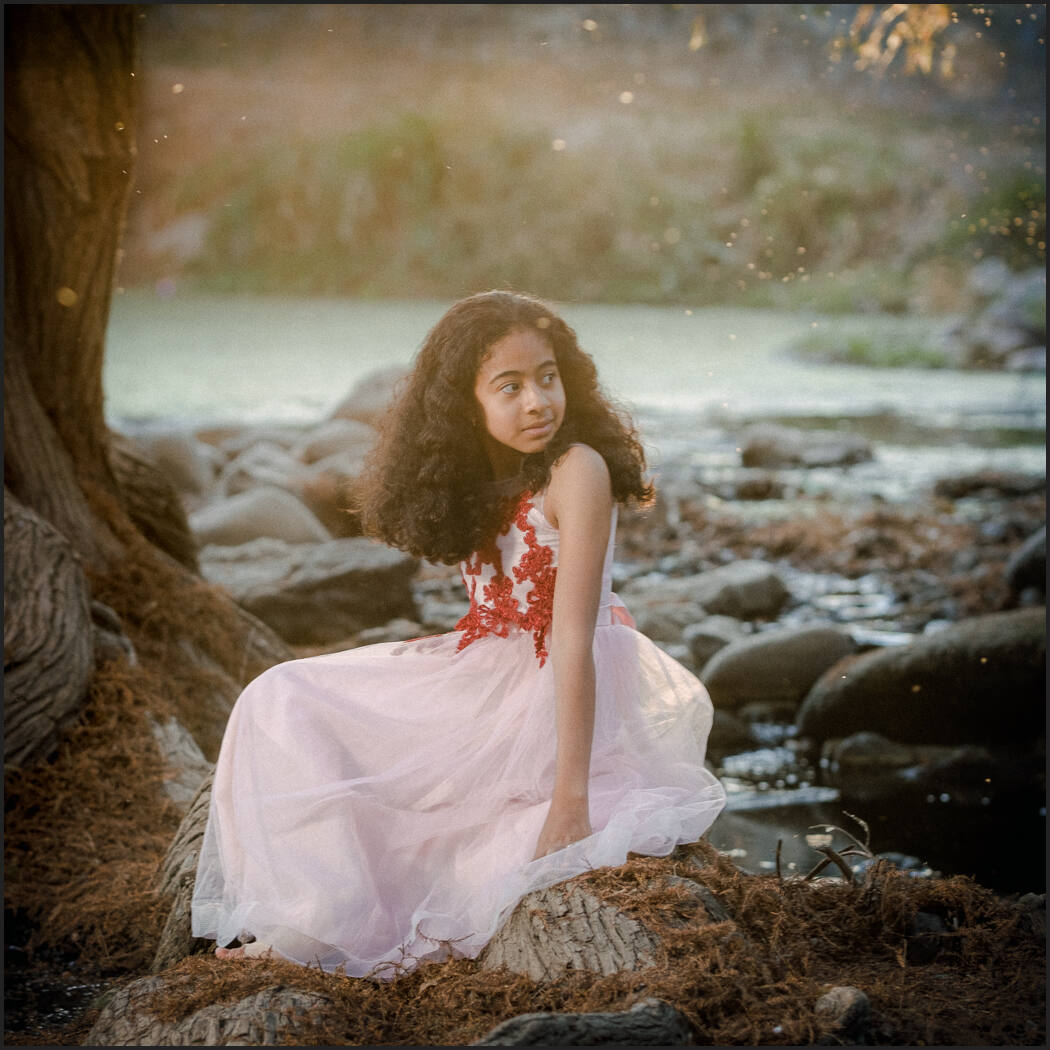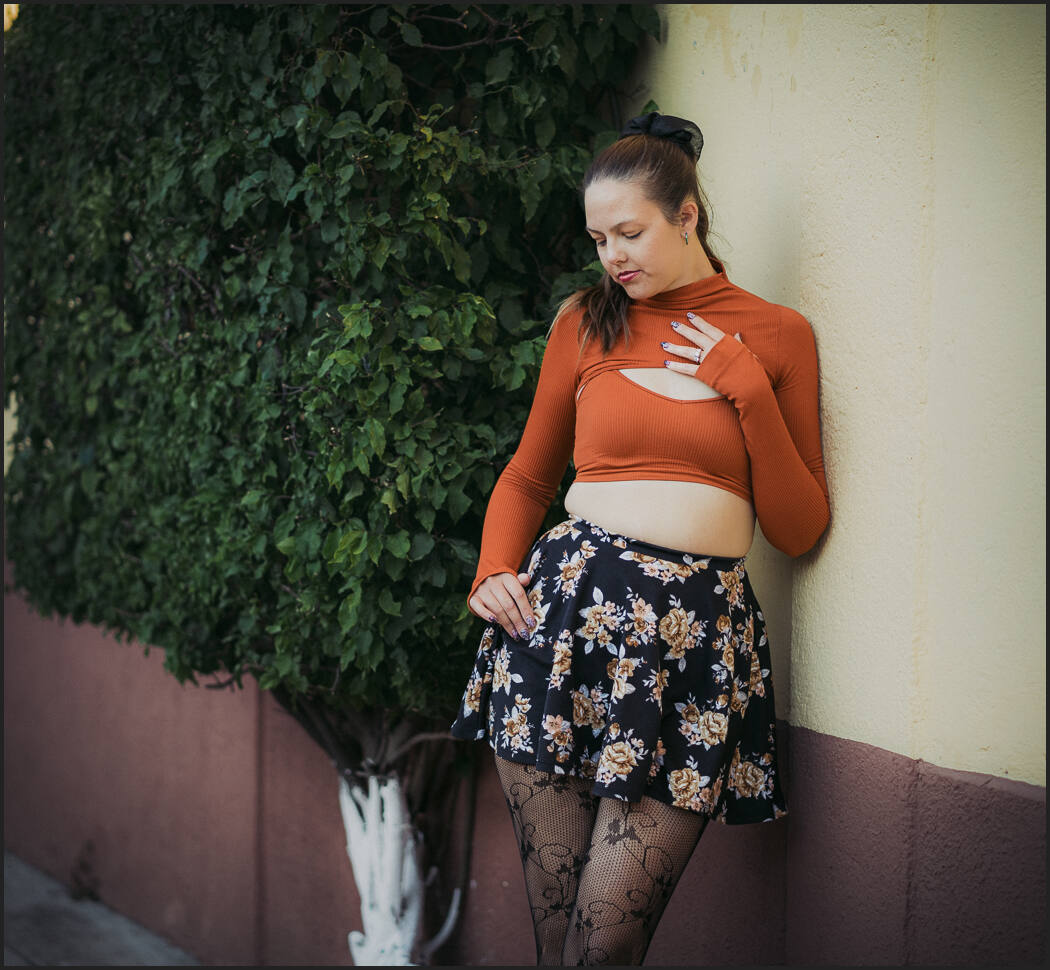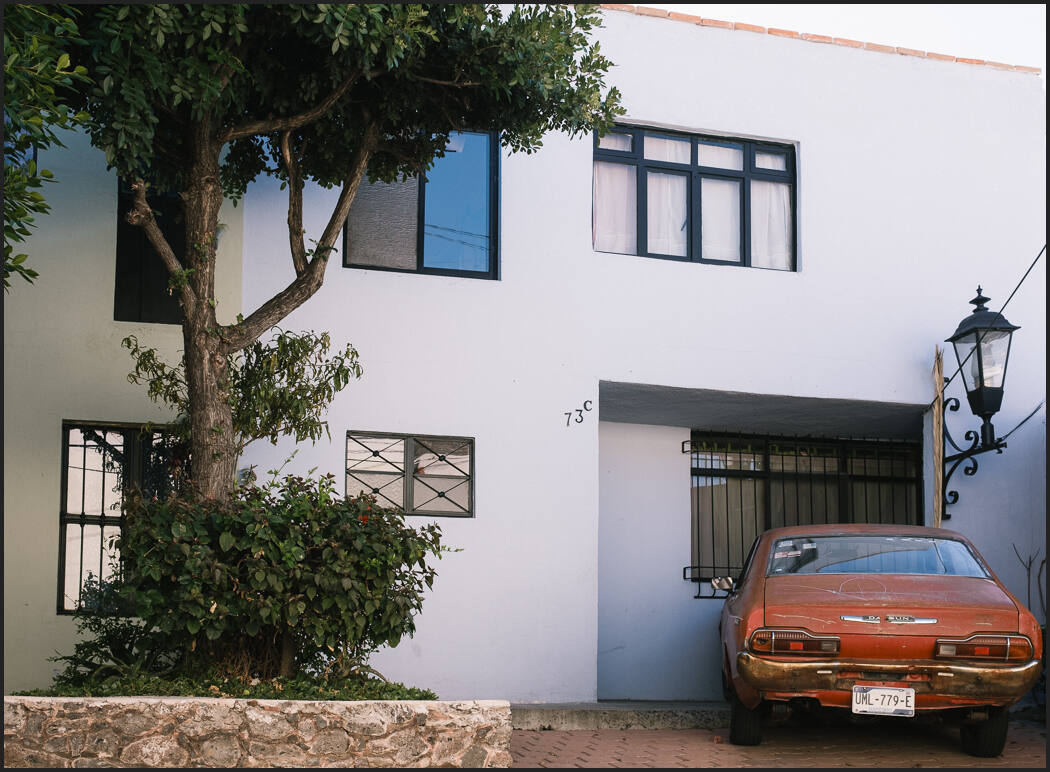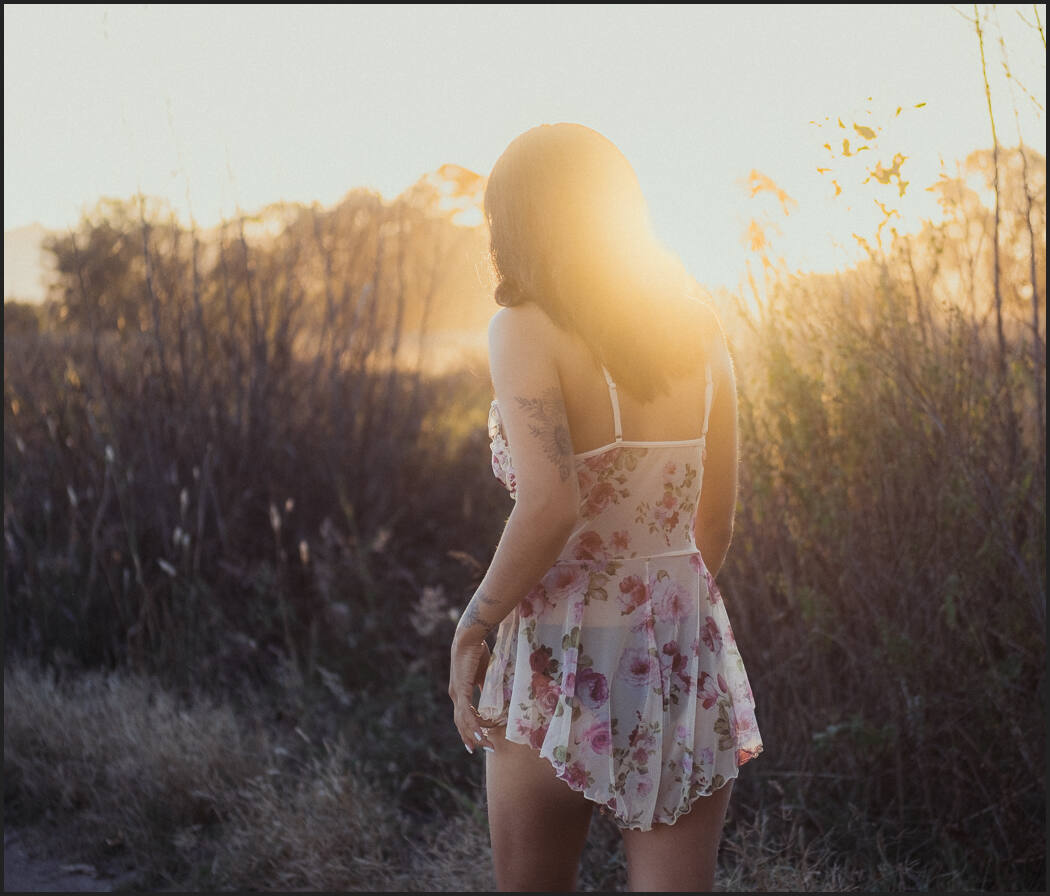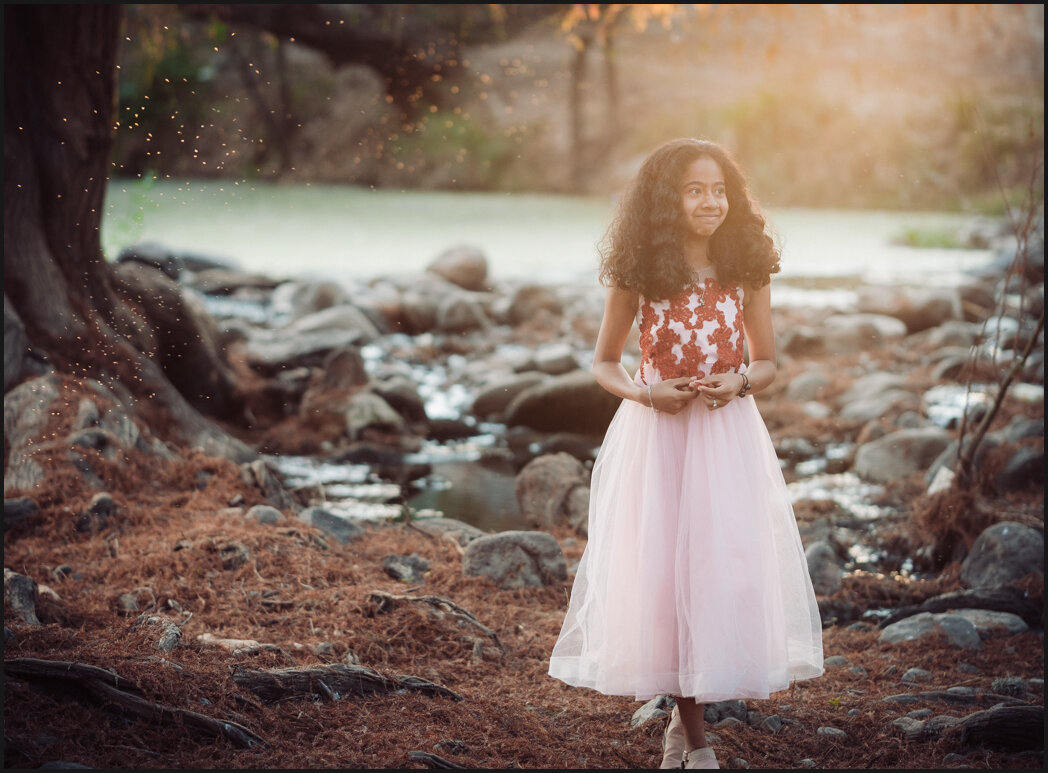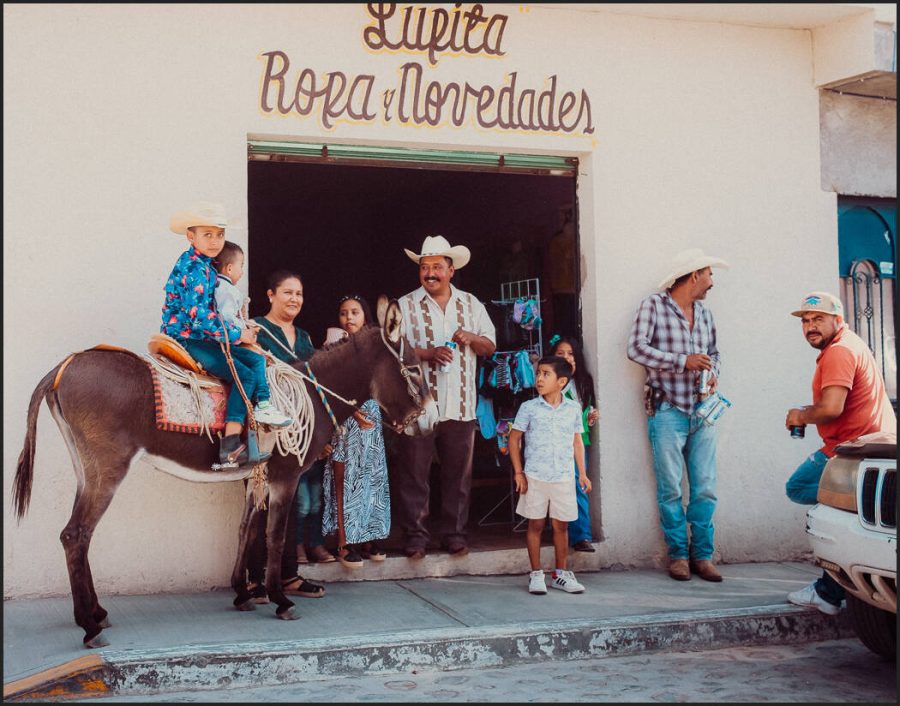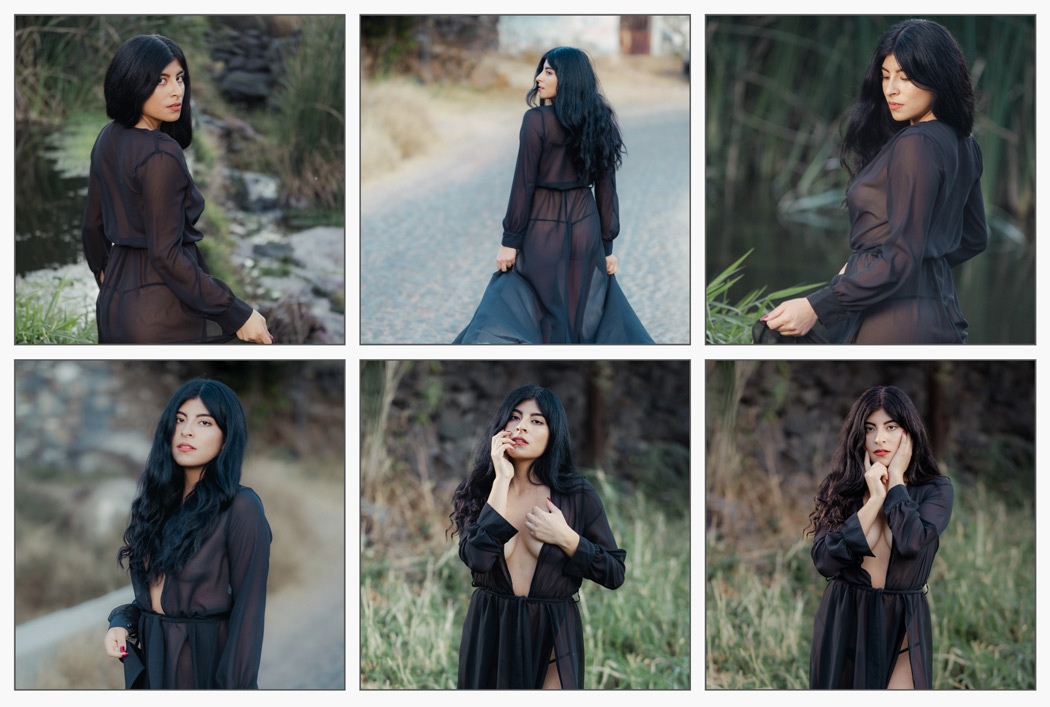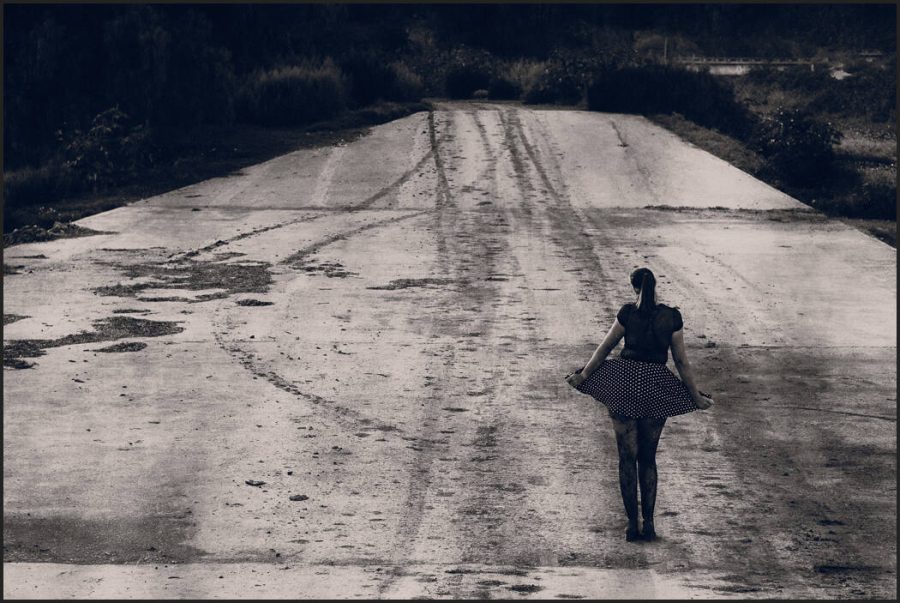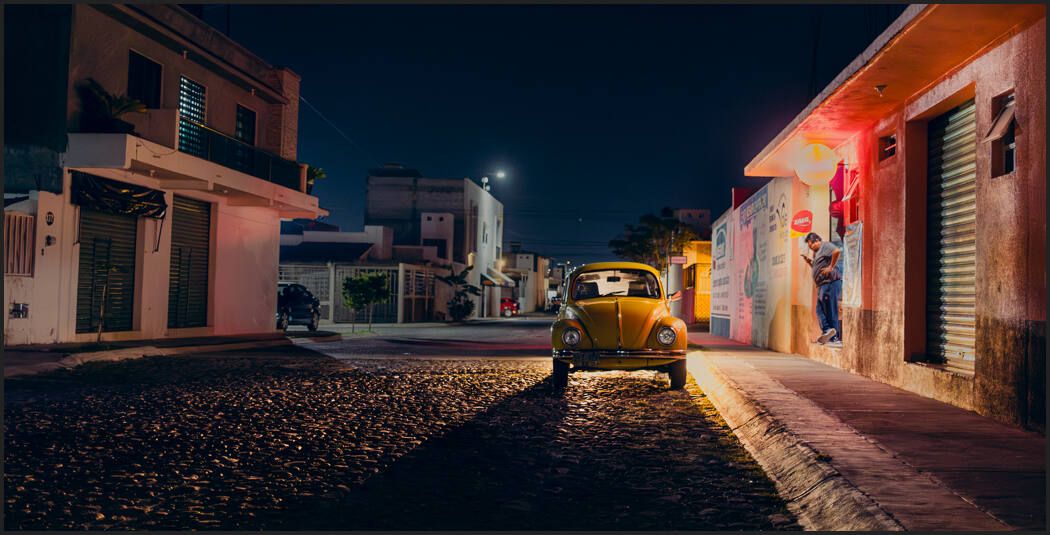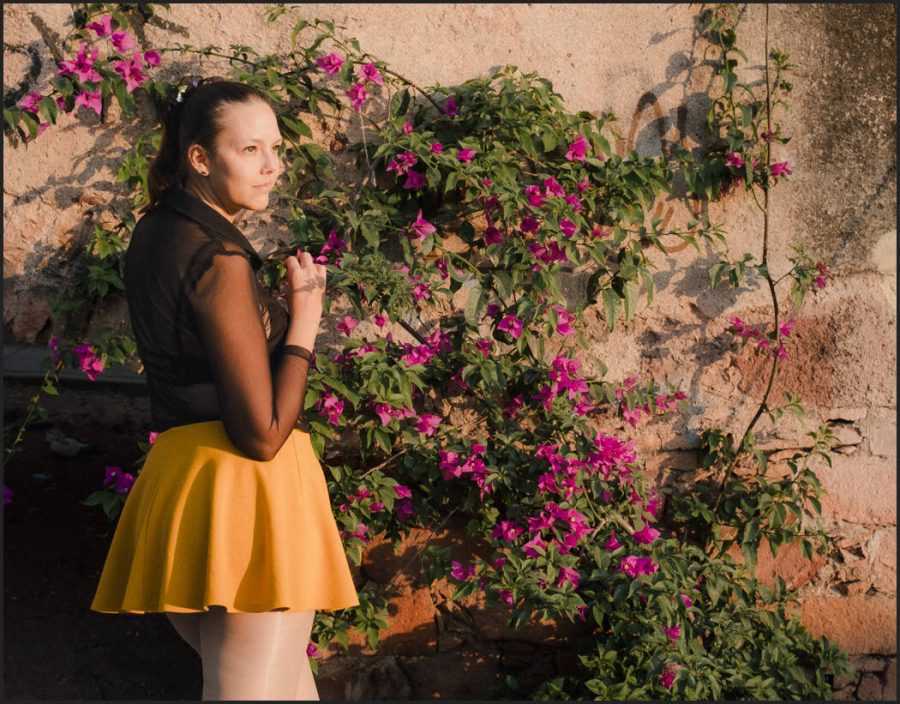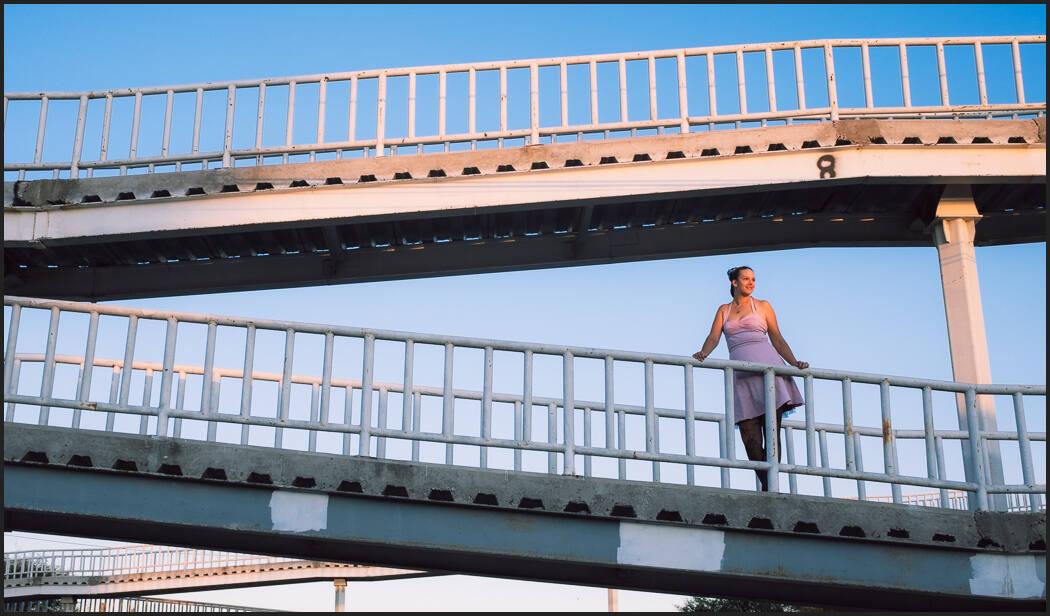In my recent Filmist 2.4 update I improved various Lightroom presets and Capture One styles. But one of the biggest was the Velvia 100. Here’s what I found and what we can learn from Velvia 100.
Velvia is a complex film -But when you get it right…
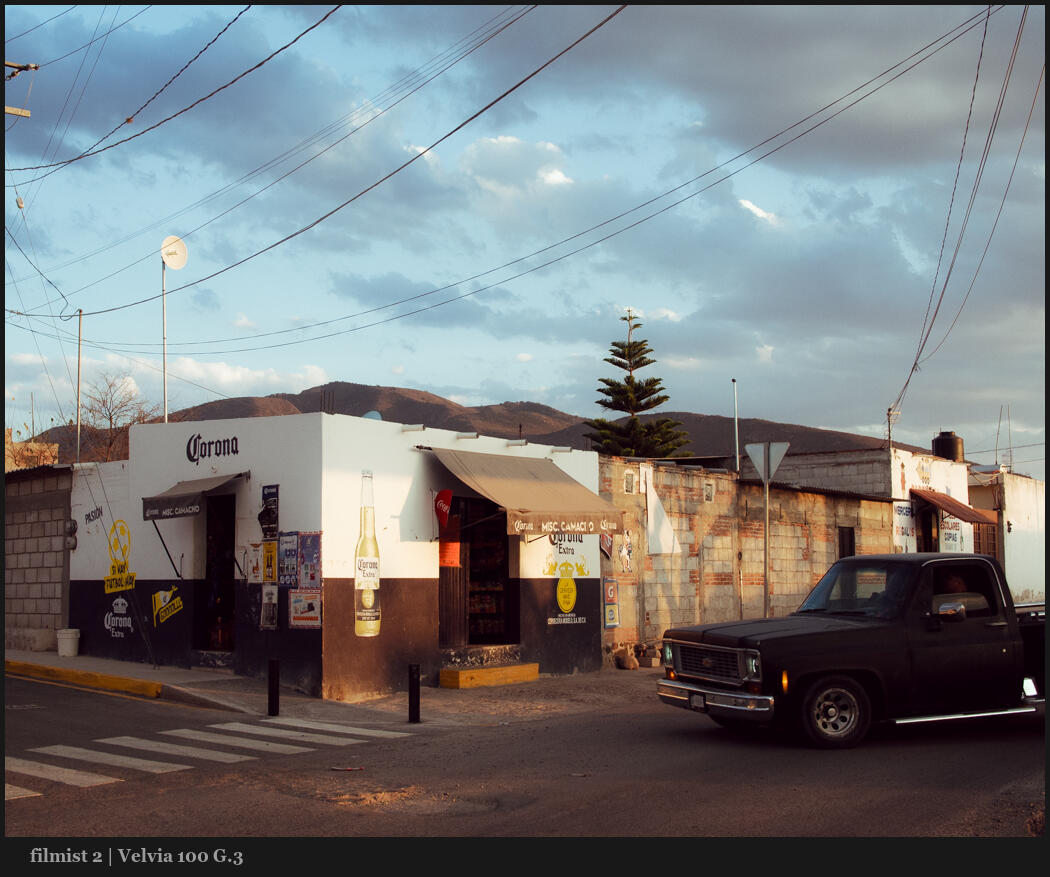
The other films in my latest Filmist Update may have been overshadowed a bit by the new Kodachrome 64 update and the video I did on it that you can watch here.
If you missed last week’s in-depth video on Kodachrome 64 go check it out.
But I want to do a follow-up because I did a lot of Velvia testing and thought we should compare these Kodak and Fuji positive films. Because Velvia is the contrast beast.
If film presets that are true to the film have a subtlety that can help us understand tone and color. Kodachrome 64 and Velvia are both color-positive films but each is unique. And while you can’t get Kodachrome anymore you can still get Velvia 100, in fact, I just shot a roll!
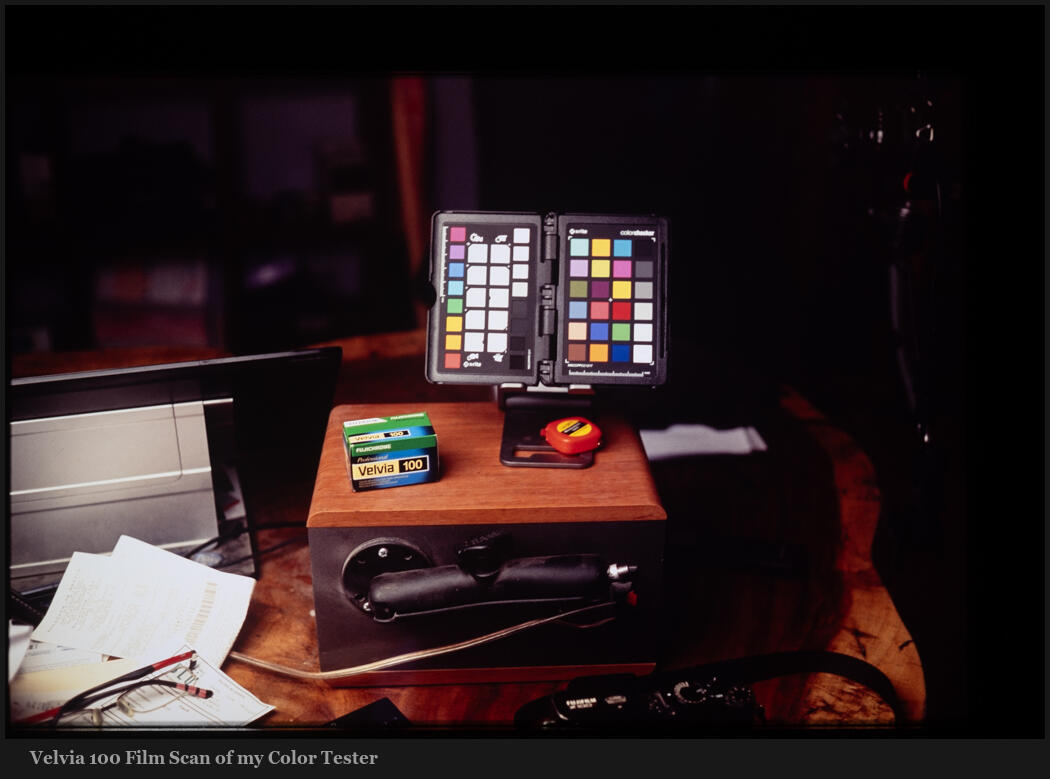
The Velvia 100 Recipe VS digital contrast.
There had to be a lot of work on the red mix curve and midtones here. But they should not be as red as people imagine them. When you see really red in fil;m. It’s often because it was processed wrong.
In the same way in digital; when a process feels a little too magenta or yellow. Often a simple White Balance hack with fill it. See my recent video about color science.
Velvia 50 is more red, but in Velvia 100 there’s more yellow and green. People also think Velvia is extra saturated. But in truth, it’s not that crazy. It does have a lot of contrast, however.
Real contrast is the most important thing we can learn from Velvia. That it’s not always about pushing shadows and having “dynamic range”. This film blows out easily and while it’s not ideal, it makes you think a lot about tonality. This contrast idea is talked about in my video, Stop Using Contrast.
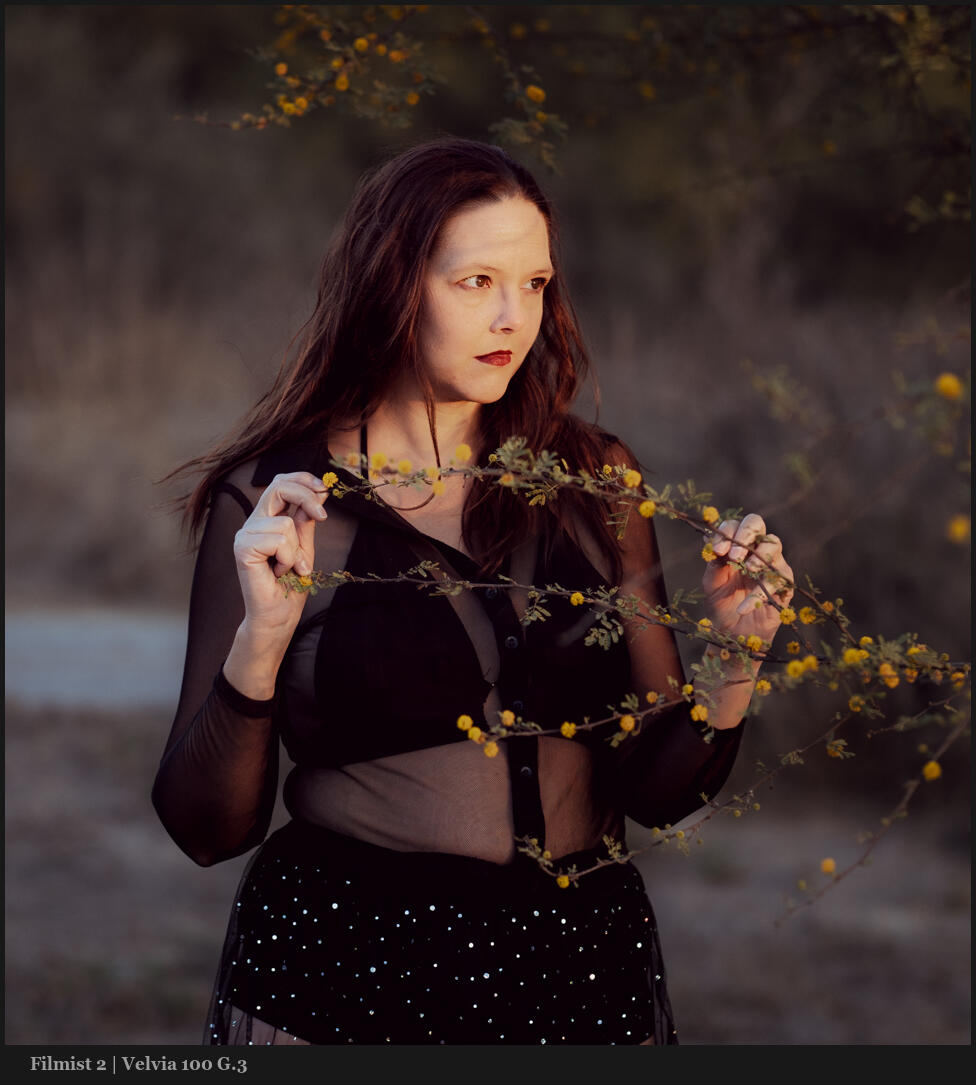
Velvia is the opposite of edits like I made in Natural HDR or even negative films. Notice how it’s more contrasty with popping blacks and whites. This is true to the filmstrips I got back from the lab. That does not mean it’s not stunning for portraits or anything else.
Look at how the Velvia 100 preset stacks up against the Portra 400 preset. This file was shot on Micro Four Thirds and both of these presets are solid to the look of their respective films.
Next to Portra 400 Velvia feels a bit Red. But it’s mostly because they are side by. Portra is warm,. Velvia is contrasty and punchy. Velvia 100 is pretty versatile but not so versatile Portra 400. No surprise.

Both LDR and HDR are both contrast tools
You don’t always want HDR or even film negative level dynamic range. They can be amawszing but in essence, are lower contrast.
In Filmist we can of course increase the dynamic range by adding ChemKit mods or pushing slider. But remember low dynamic range means punchy contrast and often it’s amazing.
Velvia is famous for its rich colors and while it may seem subdued by today’s oversaturated digital norms, it’s more versatile than people think.
If you’ve ever used most so-called Velvia presets they have way overdone color on digital because most film presets are not at all like the film. There just is the name and go all kinds of crazy things.
If you look at the actual strips and scans you see this contrast. You also see this reddish undertone but the greens and yellow from the film curve stand out more. It’s the way this combines that makes the film so punchy.
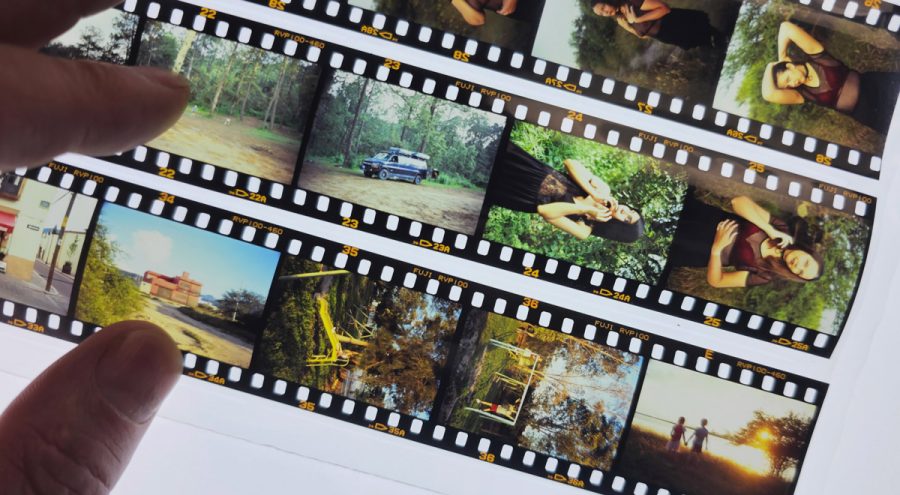
Velvia in Fuji Cameras…
I use Fuji cameras also, though I don’t worry about color profiles and just add the presets after. In fact my Classic Neg preset which is free in the Filmist sampler pack is very popular because many want that Classic Neg look on non-Fuji files.
But sometimes people use Velvia on their Fuji camera and then my Velvia preset and they are nothing alike. I noticed this in the excellent review of Filmist and NHDR5 from Matt at the Turning Gate.
The truth is the Fuji Velvia profile is nothing like Velvia. They just made a highly saturated profile that name that is more loosey inspired by how people feel about Velvia. There’s nothing wrong with that profile (though I rarely want that much saturation) but understand that it has no relation to the film as we see here.
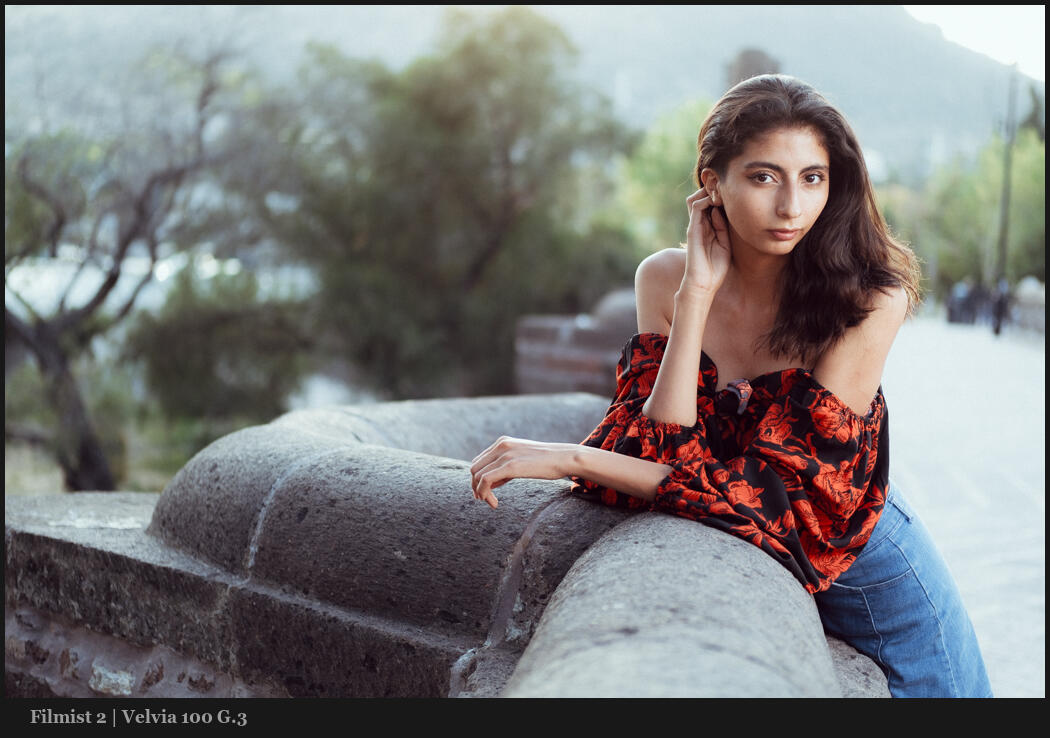
The film look is your contrast starting point.
Whatever i am editing. I’ll start with a film look. Even if I end up on Natural HDR, Silver 5 etc. This is because the real color of films is a baseline you can always come back to and each time you get more confident in your process because you have that baseline.
I immediately know what’s up with a file when lets say I use Portra, Ahfa or Velvia or Kodachrome. These are iconic standards and in using them I can quickly see the way colors and light are responding and guide where I need to go from there.
You can see in my recent photo on Velvia below that the preset was applied to a Fuji RAW file. There are differences, especially in the film’s shadow range. I maintained that punch but you still still see that Velvia film falls off faster on 35mm.
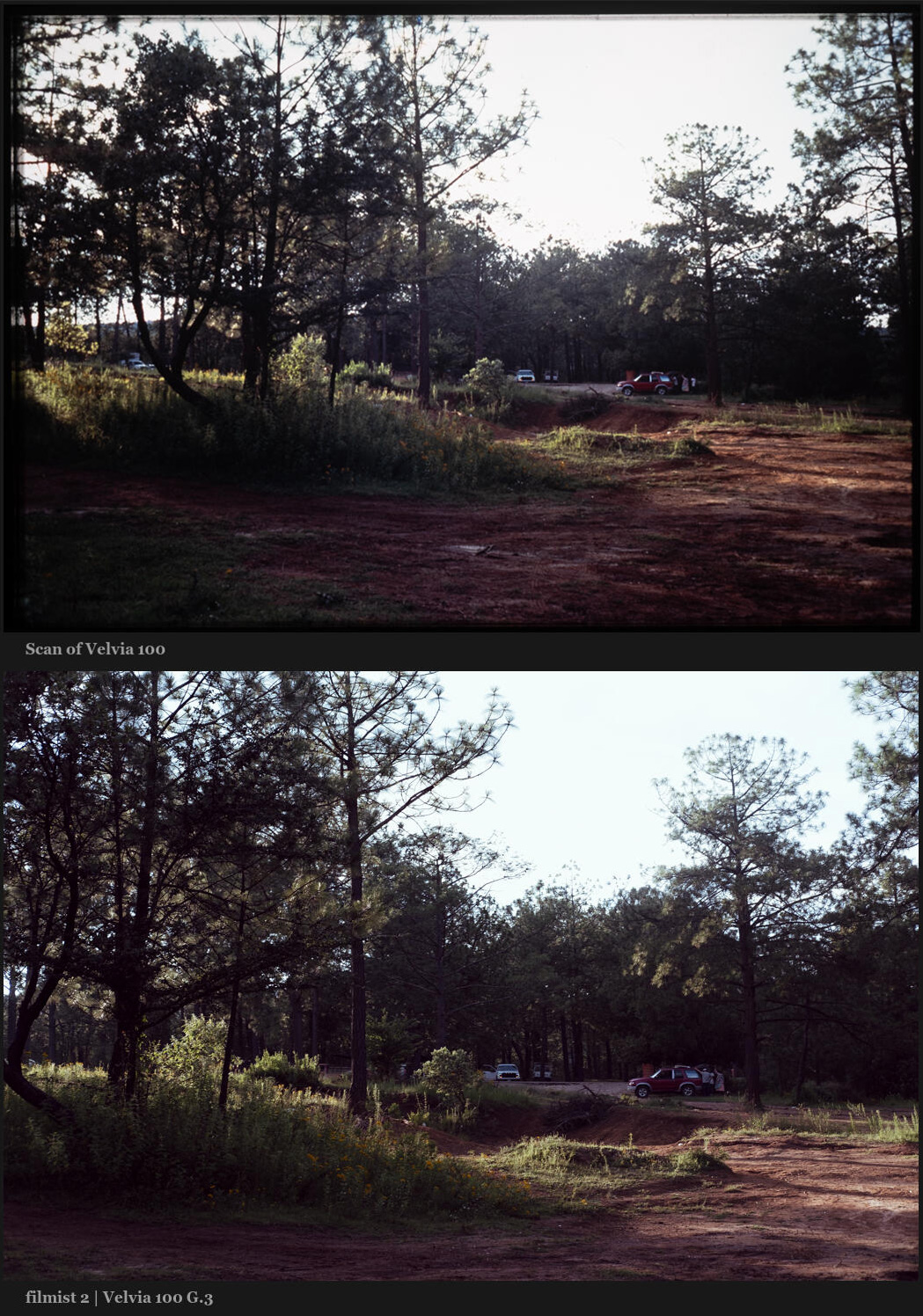
Editing with film real film looks makes all my other editing better and more grounded. It helps prevent me from over editing and it lets me find more creative ideas faster.
I hope you’ll play around with the new pack and even if you don’t have Filmist 2 you can grab the free sampler and get started with film-grade edits. You can get the Velvia 100 in Filmist 2,4 right here.
The takeaway here is that we can use tone and contrast naturally in camera and in post. Like we talk about in my Shadow Hackers class. Today we push a slider for contrast. But when you start being guided by the organic nature of things, you start to see your contrast in a new light.
Have fun and try this yourself – Gavin Seim
